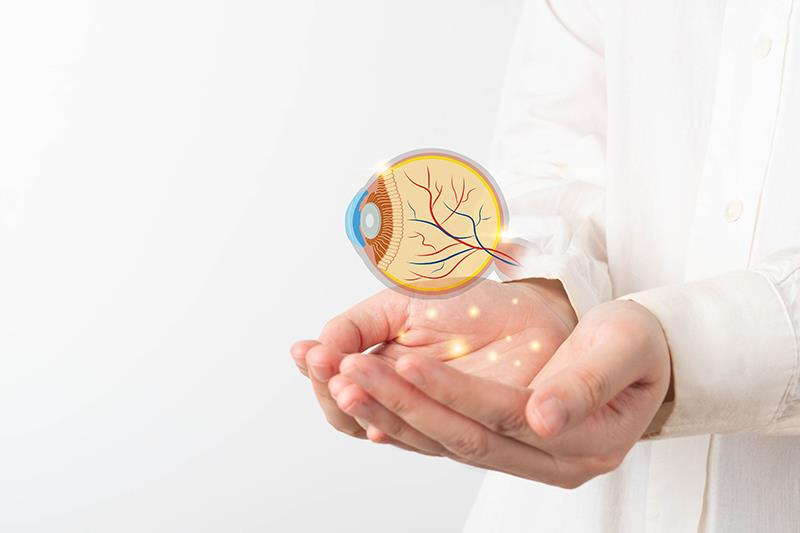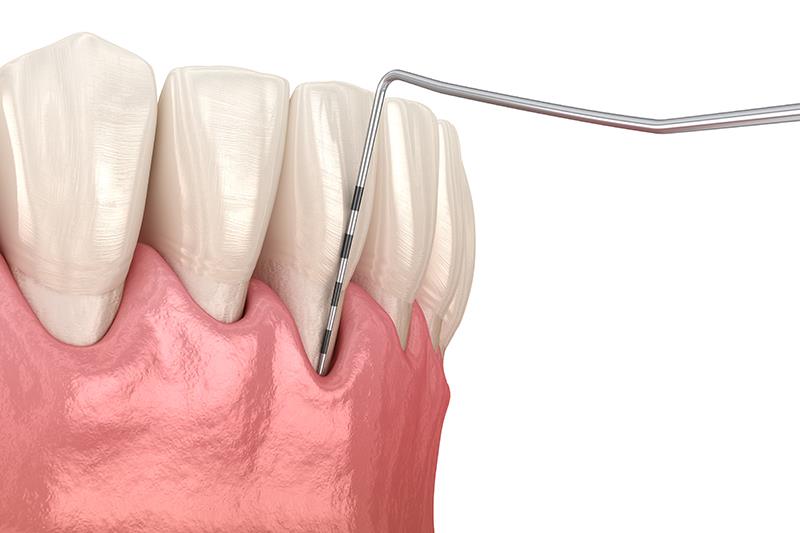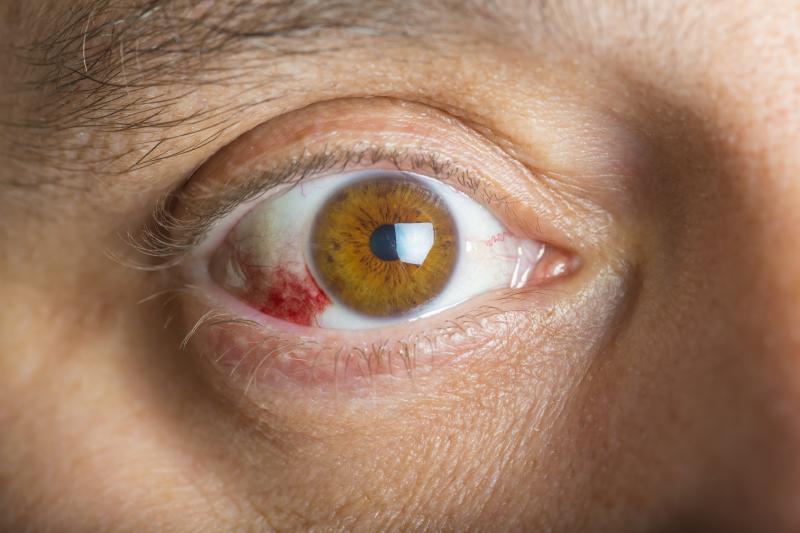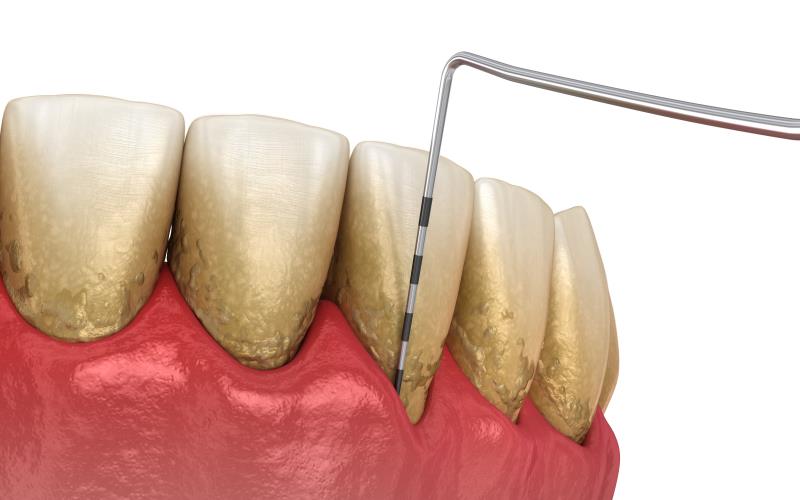Content on this page:
Content on this page:
Overview
As stated in the Introduction
section, diabetic retinopathy is a progressive retinal disorder that occurs in
almost all patients with chronic diabetes mellitus (DM).
As mentioned in the Epidemiology
section, diabetic retinopathy is the
principal cause of impaired vision in patients aged 25-74 years. It is one of
the leading causes of preventable vision impairment and blindness worldwide.
Other details regarding its prevalence are also discussed in this section.
The Pathophysiology section discusses how diabetic retinopathy is the result of different biochemical
changes due to diabetes which is accompanied by an increase in blood retinal
barrier permeability and an increase in retinal blood flow.
The Risk Factors
section lists the major risk factors and other contributing factors in the
development of diabetic retinopathy. While
the Classification section discusses the different types of diabetic retinopathy.
History and Physical Examination
The signs and symptoms of diabetic
retinopathy are detailed in the Clinical
Presentation section. As discussed in the History section, history taking involves
looking into the chronicity of DM, including level of control, other pertinent
details in medical history, and even ocular history. Various ocular examination
methods are detailed in the Physical
Examination section.
The Screening section emphasizes the importance of regular eye
examination for DM patients and the recommended schedule.
Diagnosis
The different laboratory tests used to monitor or assess control and severity of diabetes are discussed in the Laboratory Tests and Ancillaries section. In the Imaging section, the different ophthalmologic exams (eg fluorescein angiography, color fundus photography, optical coherence tomography [OCT]) are detailed.
Management
The levels of urgency referral criteria are discussed in the
Evaluation section.
The Pharmacological
Therapy section discusses in
detail treatment options for diabetic retinopathy.
Patient education, which includes recognizing symptoms and
possible disease progression and DM control, are discussed in the Nonpharmacological section.
The Surgery section details surgical interventions such as
laser photocoagulation and vitrectomy. Lastly, the recommended schedules and exams
are mentioned in the Monitoring
section.












